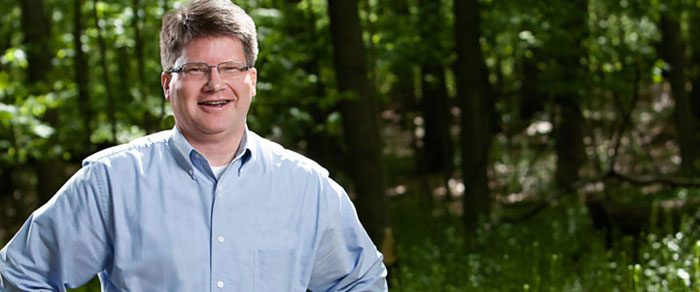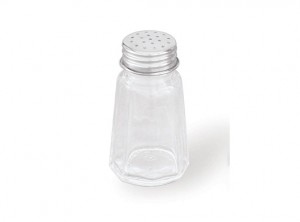My daughter has been a part of her grade school Forensics team for a couple years. This year I decided to volunteer my time as a Forensics judge. The requirements are minimal….believe me!
A couple of weekends ago we both participated in the Wisconsin Middle School State Forensics Tournament in Neenah, Wisconsin. My first category I was judging was Poetry. Not typically one of my favorites. The first contestant, 23C3, (no names in forensics….you’re only a number!) got up poised and confident and proceeded to give a very enthusiastic and passionate rendering of the Dr. Suess classic, Green Eggs & Ham. It brought back great childhood memories!
Here’s a little plot review for those who may have forgotten the story. There are two main characters: The first is unnamed, the second is named Sam-I-Am, or simply Sam. Throughout the book/poem, Sam tries to encourage the first unnamed character to try green eggs and ham with little success. The unnamed character refuses to taste the dish, insisting that he would not like it. Sam then goes through an assortment of locations (house, car, tree, train, box, boat) and dining partners (fox, goat, mouse) trying to persuade the unnamed character to eat.
The conclusion of the tale occurs when the unnamed character, standing in shallow water after a boat sinks, surrounded by various people and beasts, finally gives in and tries the green eggs and ham on the condition that Sam leaves him alone. Upon doing so, he realizes that he does, in fact, like green eggs and ham, and would eat them in all places and with all dining partners suggested throughout the book. The story closes with the character thanking Sam-I-Am for his persistence.
Green Eggs and Ham is a best-selling and critically acclaimed book written by Dr. Suess and first published in 1960. As of 2001, according to Publishers Weekly, it was the fourth-bestselling English-language children’s book of all time. But as I was filling out my rubrics sheets for the first round of the forensics tournament it hit me that Suess’ children’s classic can also teach us some rather practical sales and marketing advice as well!
First, Sam is a persistent little salesman! He is so persistent that he tries to reach his customer in a boat, with a goat, in the rain, in the dark, on a train, in a car, in a tree, in a box, with a fox, in a house and with a mouse. In the end, those friendly marketing exposures worked! Sam was multi-channel before multi-channel was cool!
Second, Sam gives those of us in sales an excellent lesson on how to handle objection and rejection. He remains constantly positive and confident that the unnamed character will like green eggs and ham..if he can only get him to try them.
And there’s the third lesson, he offers the unnamed character a Free or Trial Offer. When the prospect finally agrees to the trial, Sam lets his prospect make up his own mind, and in a way makes the sale!
Last but not least, the participants of the forensics meet had some good sales lessons to impart as well. Through rehearsal and practice, they developed a poise and confidence and went up and delivered their presentation with “No Fear”!
I got a little more than I bargained for a couple weekends ago in Neenah. All well worth it!
Rob Trecek
Director of Business Development
rob.trecek@johnsondirect.com

